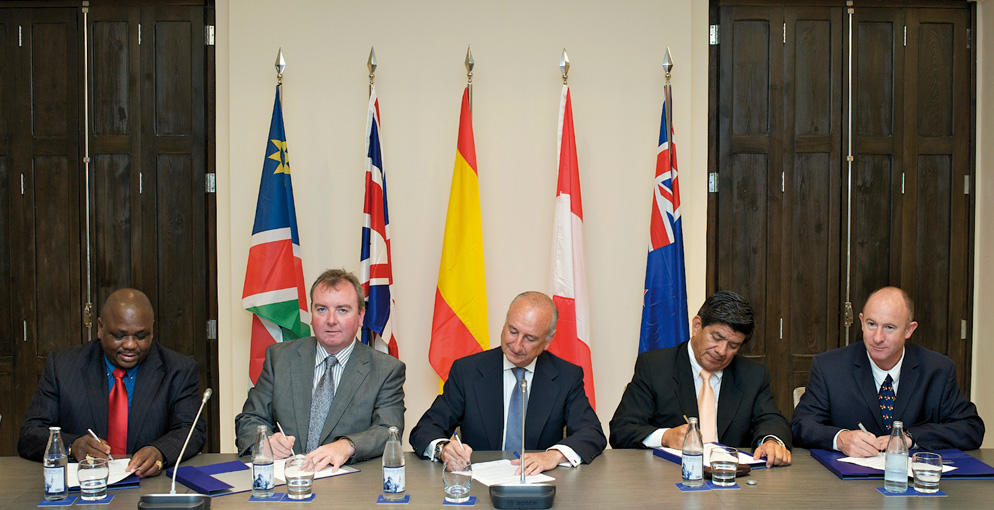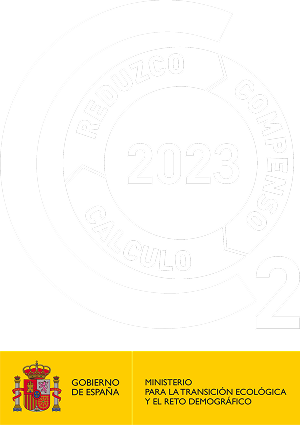In 2009, the Valenciaport cluster was designated the “Global best in class port cluster” by the Global Institute of Logistics (GIL) in view of all the initiatives and projects aimed at the coordination of the port-logistics community and its outreach activities. This distinction was accepted, on behalf of the cluster, by the president of the Port Authority of Valencia (PAV) during TOC Europe 2009.
In 2009, Fundación Valenciaport and GIL signed a Memorandum of Understanding addressing the creation and implementation of an International Committee, called the Port Cluster Governance Committee (PCGC). The mission of the PCGC was to develop a Best Practice Guide to Governance in Port-Logistics Clusters, in collaboration with different ports on the five continents.
The project used a standard methodology of comparison and communication; each hypothesis was tested within the context of its local market. This methodology was put into practice through a series of 10 SLB workshops (Share-Learn-Benchmark) in both developed and emerging port clusters, selected according to a geographical criterion and in function of the business model.
The modules that are the subject of discussion and that are therefore pivotal to an understanding of port governance are specified in the next section.
- PORT GOVERNANCE, STRATEGY AND PORT DEVELOPMENT
-
- LEGAL FRAMEWORK AND BUSINESS MODEL:
Legal and strategic framework of the Spanish port system. Business model and strategic planning in the context of the Valenciaport cluster. Implementation of the Balanced Scorecard. - LEADERSHIP OF THE CLUSTER
Port planning instruments. The case of the Port of Valencia’s northern expansion: traffic forecast and capacity; alternative designs; financial, environmental and land access aspects.
- LEGAL FRAMEWORK AND BUSINESS MODEL:
- INFRASTRUCTURE PLANNING
Development of supply in relation to demand forecasts. Adapting Master Plans to strategic planning. Accessibility. Urban effects. Incorporating Master Plans into strategic environmental assessment, going beyond the concept of the Environmental Impact Statement.
- MARKETING AND DEVELOPMENT OF THE HINTERLAND
Marketing for clients. Dialogue with the hinterland and the foreland. From Port Authority marketing to marketing for the cluster.Intermodality offered by the port with a particular focus on rail transport. Activities of value for freight and dialogue with operators to attract cargo. - PCS’s
Application of IT to serve the logistics chain. Development of Port Community Systems. - ENVIRONMENTAL MANAGEMENT SYSTEM:
Joint action with the stakeholders to develop an environmental management system, led by and deployed by the Port Authority, as well as by all the concessionaires and involved companies. - SECURITY AND PROTECTION
Incorporation of protocols and technologies that address the different security problems. - QUALITY:
Beyond quality control procedures, identified as the internal quality of a port authority, it is important to have instruments such as the quality guarantee seal, which addresses the quality of the entire chain, coordinating the cluster and ensuring service excellence. - TRAINING:
Development of training and capacity-building plans for the different groups in the cluster, both at managerial levels as well as in other segments. Dialogue with companies and the competent authority is crucial to the success of these actions.
- CSR
-
- PORT-CITY RELATIONS.
Coordination of relations with the different stakeholders, urban planning, business model, financial viability. Role of sporting events.
- PORT-CITY RELATIONS.
-
- CONNECTION WITH UNIVERSITIES AND RESEARCH CENTRES
Bringing academia into the coordination of the cluster entails many advantages, both from a theoretical perspective as well as in terms of its human capital. Instruments such as foundations, professorships, or research networks are particularly worthwhile in this regard, for example, by undertaking studies on the socio-economic effects of ports.
- CONNECTION WITH UNIVERSITIES AND RESEARCH CENTRES


